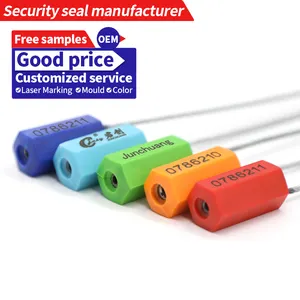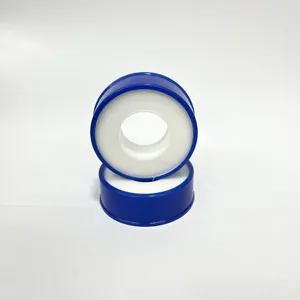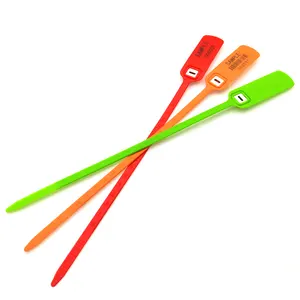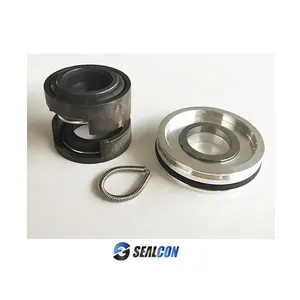A seal is a device used to prevent the leakage of fluids, such as liquids or gases, between two rotating or stationary components. It creates a barrier between a system's internal and external environments, ensuring the containment of the fluid being handled. Seals are used in pumps, compressors, mixers, and other components sealing is necessary. Explore the vast catalog of ready seals available for sale at Alibaba.com.
Types of Seals
O-ring seals are "O" shaped seals designed to fit into a groove or recess. They create a seal between two mating surfaces, preventing the leakage of fluids or gases. O-rings deform and fill the gaps when compressed between two mating surfaces. It creates a barrier that prevents the escape or entry of fluids or gases. Oil seals prevent oil or other fluids from leaking from a machine. They also act as barriers against external contaminants, such as dirt, dust, and water, that might damage components or degrade the lubricating properties of the oil. Piston seals are used in hydraulic and pneumatic cylinders to prevent leakage around the piston. They have a flexible lip or ring that seals against the cylinder wall. Piston seals are designed to withstand high pressures and provide effective sealing. Spring-energized seals use a spring to maintain a tight seal. The spring provides constant pressure against the sealing surfaces, compensating for wear or thermal expansion.
Materials Used to Make Seals
Metal seals are made from stainless steel, aluminum, or nickel alloys. These seals provide excellent durability, stability, and resistance to high temperatures, pressures, or aggressive chemicals. Plastics, such as polytetrafluoroethylene (PTFE), polyurethane (PU), or polyethylene (PE), are used for their low friction, chemical resistance, and flexibility. Composite seals are made from a combination of different materials, such as elastomers, metals, or fibers. Composite seals provide unique properties and performance characteristics, such as high strength and flexibility.
PTFE is a versatile material with low friction, chemical resistance, and high-temperature stability. Rubber has excellent flexibility and resilience and is resistant to temperature, chemicals, or wear. It also handles a wide range of temperatures, pressures, and fluids. Thermoplastics, such as polyethylene (PE), polypropylene (PP), or nylon (PA), are flexible, chemical resistant, and easy to process. They are also cost-effective and easy to manufacture.
Functions of Seals
Gaskets provide a seal between two stationary surfaces, such as flanges or pipe connections. They offer a barrier against fluid or gas leakage and help to prevent contamination or environmental damage. Piston seals are used in hydraulic or pneumatic cylinders to prevent fluid leakage past the piston. They provide a seal between the piston and cylinder wall for a smooth and efficient operation of the cylinder. O-rings create a reliable and leak-tight seal between two mating surfaces. They are used in static or dynamic applications and provide resistance to fluid or gas leakage. Lip seals, also known as oil seals or shaft seals, prevent the leakage of fluids or contaminants along a rotating or reciprocating shaft. They have a flexible lip that creates a barrier and retains lubricants while excluding dirt, water, or debris.










































 浙公网安备 33010002000092号
浙公网安备 33010002000092号 浙B2-20120091-4
浙B2-20120091-4